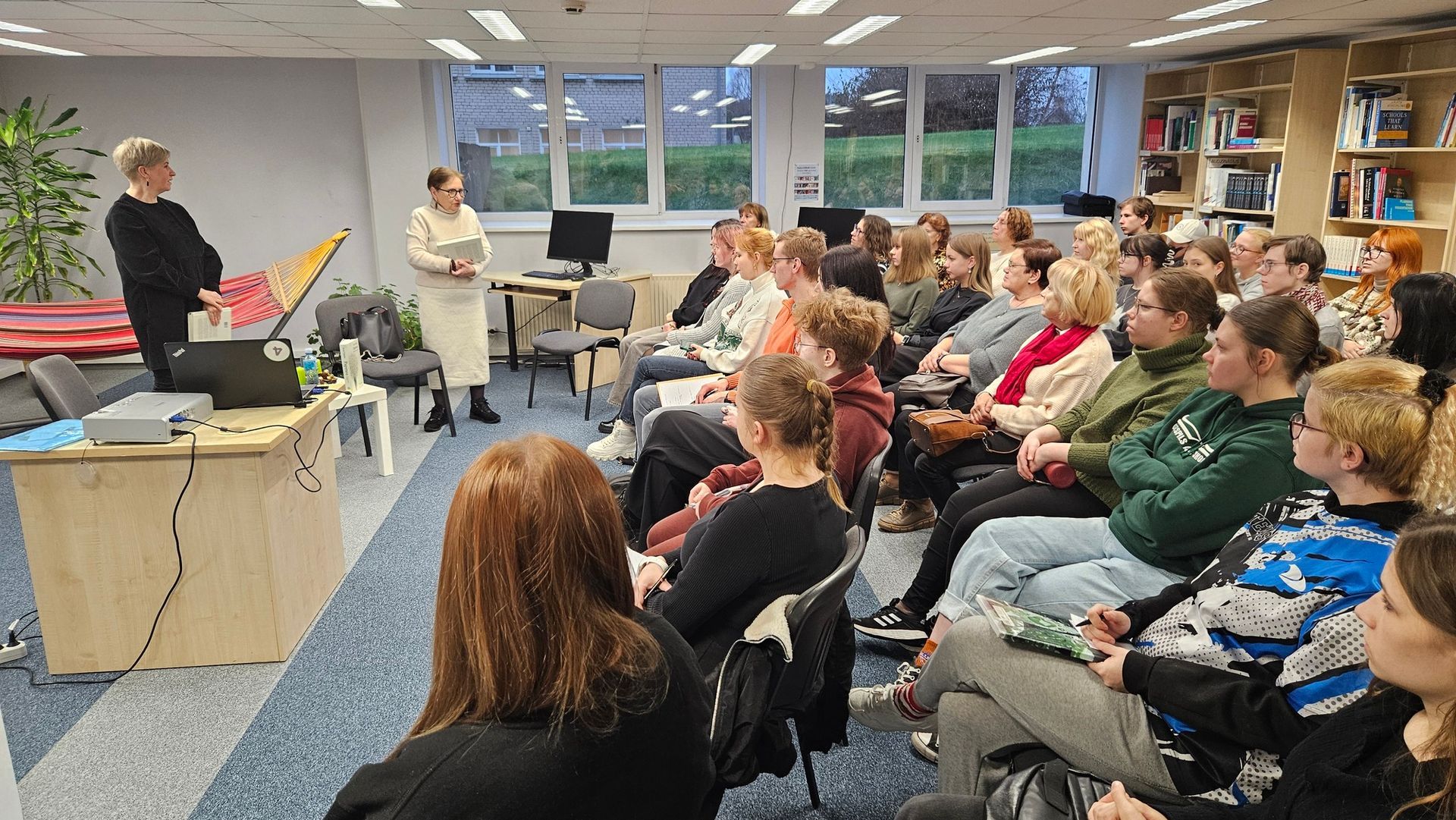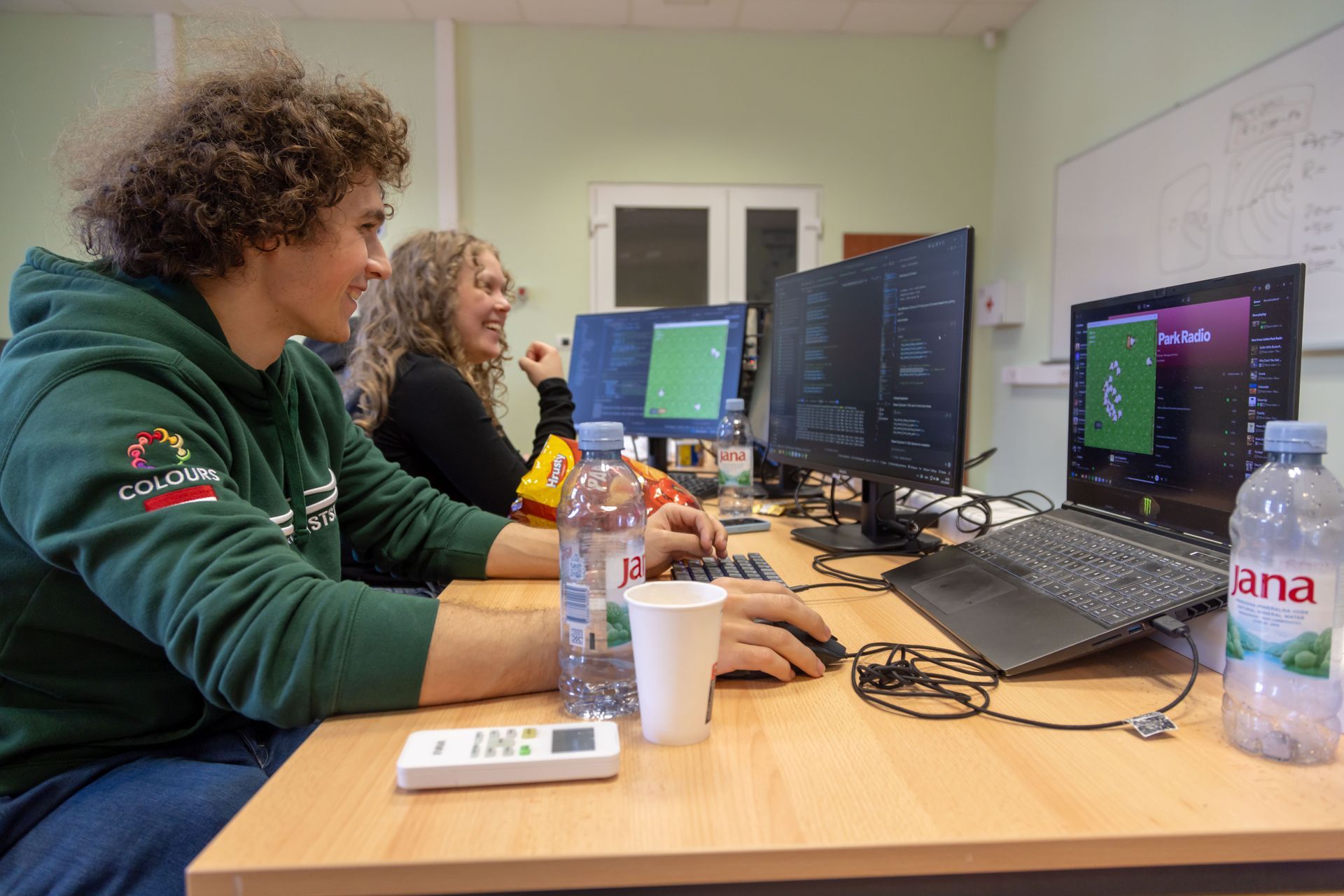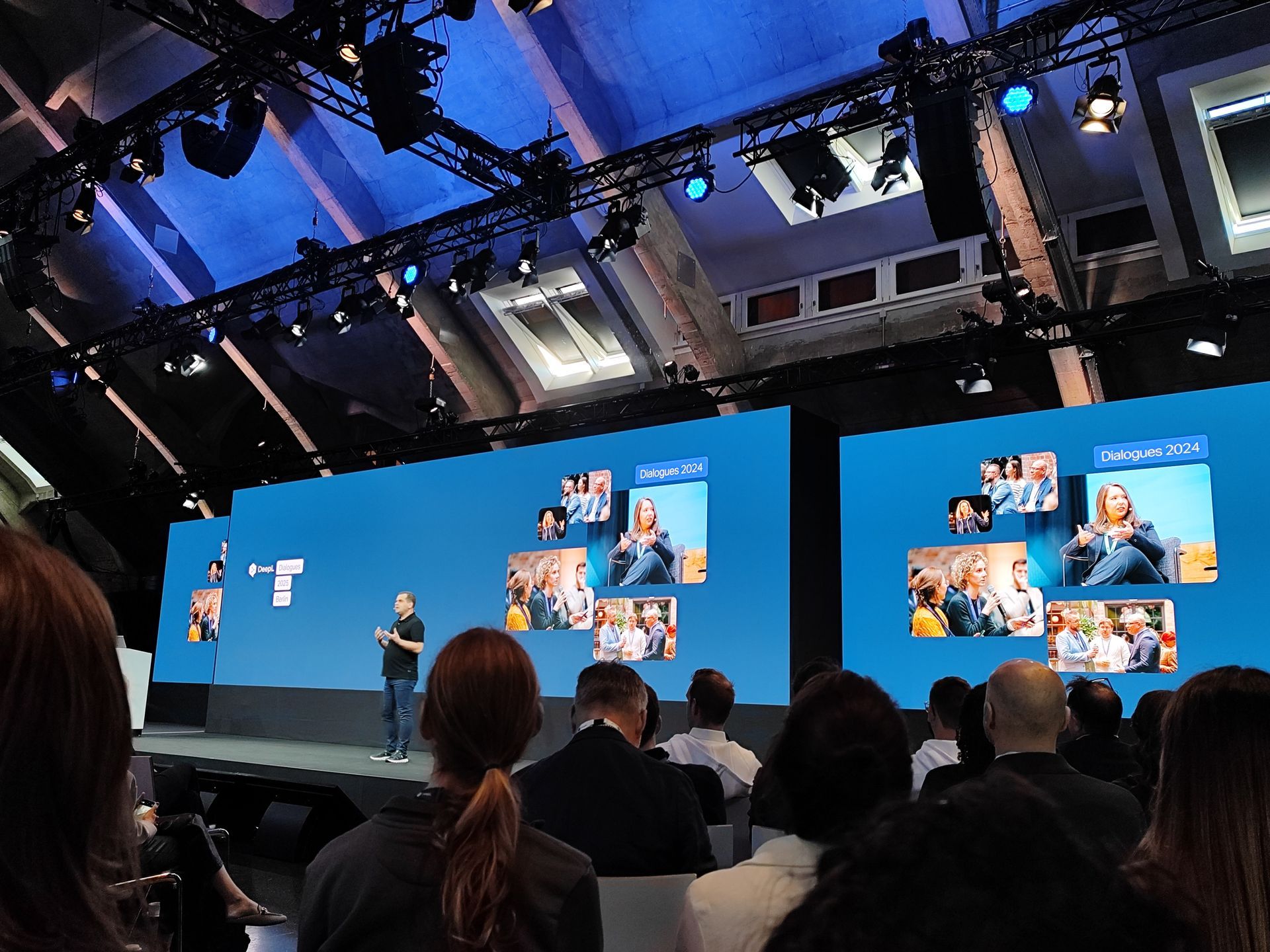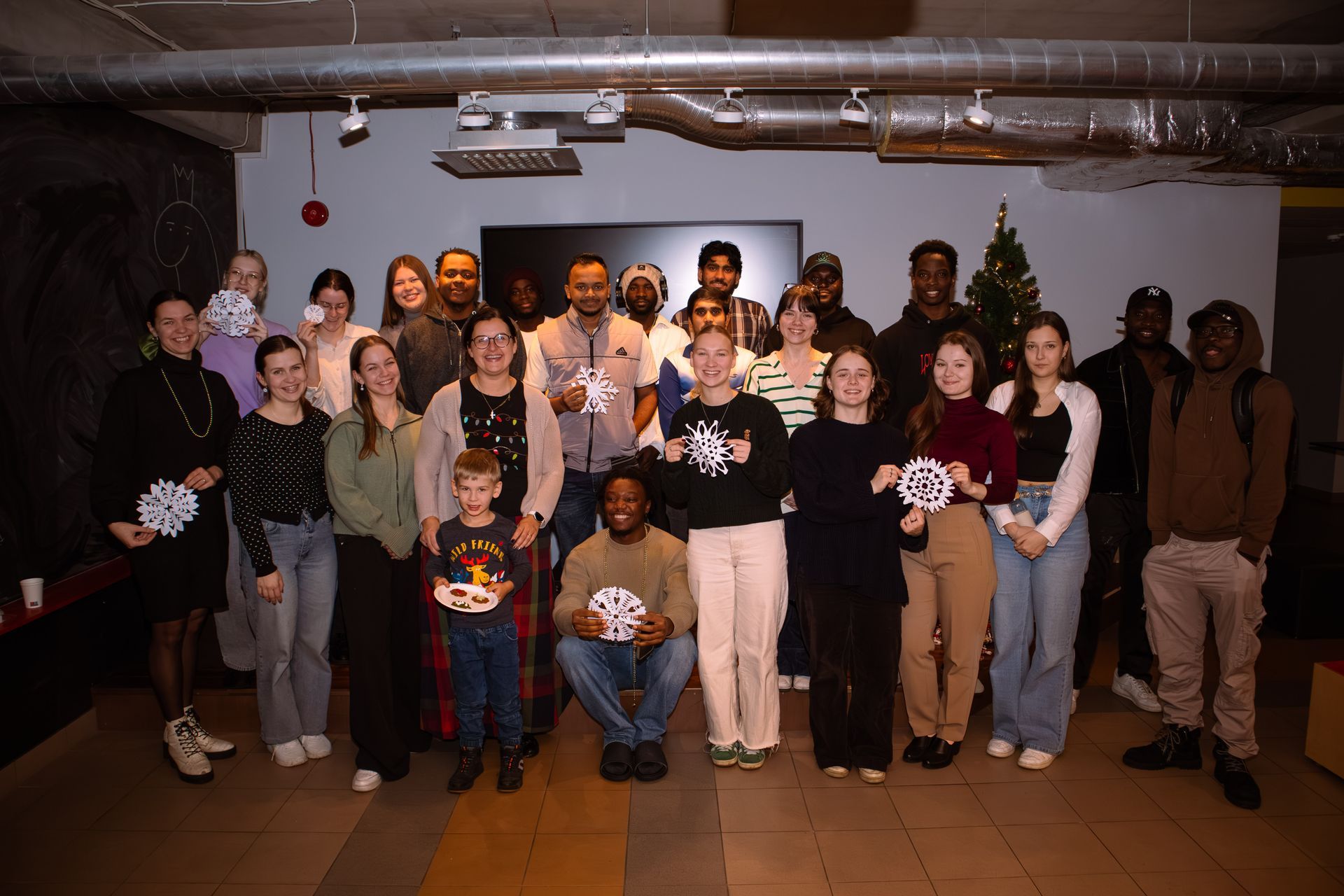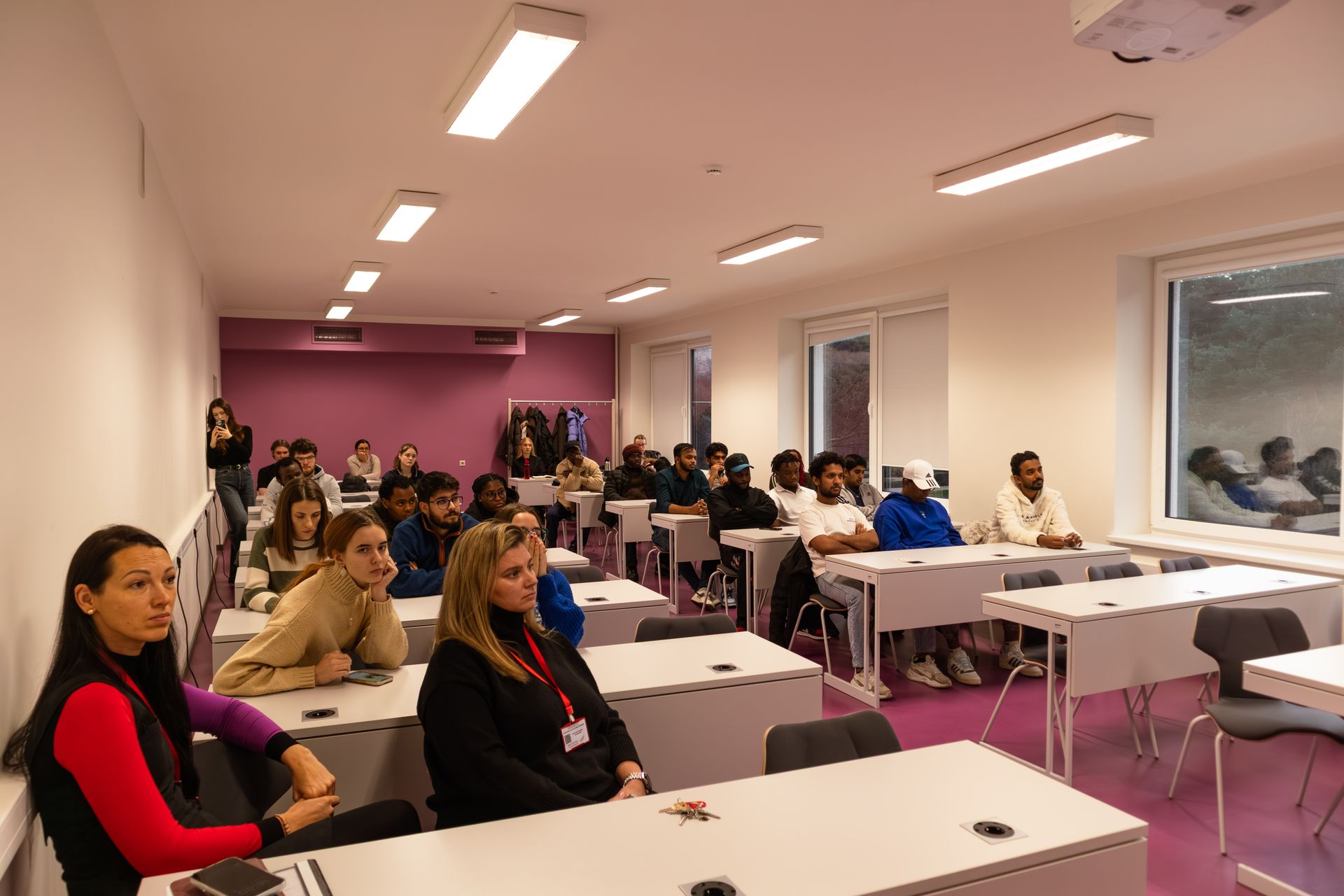A student from the Faculty of Translation Studies of Ventspils University of Applied Sciences attends the conference “Translating Europe” in Brussels
Sonora Bogdanova, a student of the Master’s study programme “Translation of LSP (Language for Special Purposes) Texts” participated in the “Translating Europe” conference, which took place in Brussels from November 9 to 11.
This spring, Sonora participated in the competition for master students, “2022 eMT Challenge”, where she had to analyze a machine-translated text from English into Latvian. Competing against 112 participants, she ranked among the top three finalists. The board of the European Commission's cooperation network “European Master’s in Translation” invited the best participants from each language pair to the conference. The VUAS Master's study programme “Translation of LSP Texts” has been part of the EMT network since 2011, serving as a mark of quality for the programme.
Sonora shares her impressions: “The conference lasted three days and was very valuable – I gained experience and took part in a cultural exchange programme. Of course, I also gained knowledge on translation-related issues, as well as various life lessons. The conference covered topics such as sustainability in the translation industry, translation in crises, and the accessibility of translation services for people with disabilities. There was also a discussion on the challenges and difficulties among young professionals. I was especially pleased that the conference was interactive: during the panel discussion, participants could answer questions using the Slido app. In this app, listeners also had the opportunity to ask questions to the speakers, vote on questions submitted by other attendees, and share insights in the form of keywords. “The conference provided an opportunity to participate in a networking event, where attendees could meet other students who took part in the “2022 eMT Challenge” competition, as well as connect with colleagues from the European Commission.”
Sonora believes that this experience was amazing, as it provided an opportunity to travel abroad and meet both new and experienced translators and interpreters working in Brussels. “I would also like to thank my coursemate, Agnese Lukevica, who is currently doing a translation internship in Brussels and gave me the opportunity to visit the building of the European Council and get a glimpse into other EU institutions,” says Sonora.
“I truly appreciate this experience and am grateful to the board of the EMT network for this opportunity, which was given to me as a student!”
Share on other platforms
Other news
